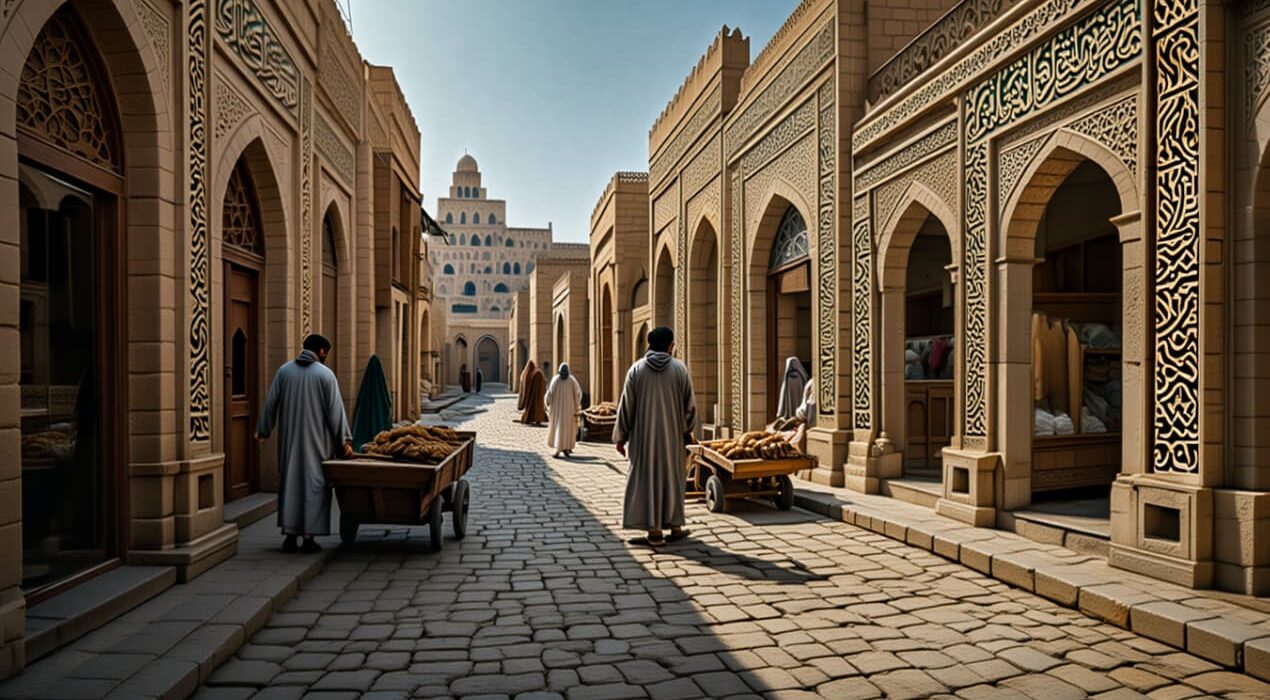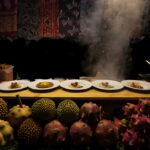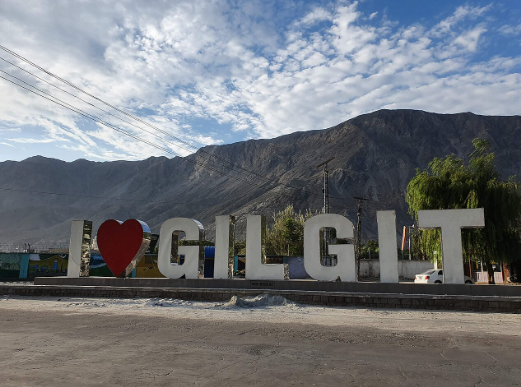Iran’s Minister of Cultural Heritage, Tourism, and Handicrafts, Seyyed Reza Salehi-Amiri, announced plans to restore the historic core of Dehdasht in Kohgiluyeh and Boyer-Ahmad province. Authorities will revive the area’s old structures to boost tourism and strengthen Iran’s cultural image globally.
Salehi-Amiri noted that government funding alone cannot cover the costs. He encouraged investors to participate and empowered provincial governors to make decisions that speed up restoration.
Boosting Investment and Local Power
The minister revealed that investment license ceilings will rise from 800 billion rials (about $800,000) to 10 trillion rials (around $10 million). He urged officials to approve infrastructure permits quickly and gave local managers authority to act without waiting for approvals from the capital.
These measures aim to simplify investment for domestic and foreign investors. Salehi-Amiri said the changes will help close long-standing economic gaps in the region.
Restoration Projects & Heritage Sites
Kohgiluyeh and Boyer-Ahmad Governor Yadollah Rahmani said the province is already running 42 tourism projects, scheduled for completion by the end of the calendar year. Dehdasht alone has 780 nationally registered heritage sites, including one with international status.
Restoration efforts will focus on caravanserais, mosques, marketplaces, bathhouses, and citadels, offering significant opportunities for tourism infrastructure and cultural preservation.
Cultural Significance and Attractions
Dehdasht, also called Belad Shapur, dates back to the Sassanid era under King Shapur I. The city features rich architecture, ancient planning, and historic monuments, including old caravanserais that showcase Iran’s architectural legacy.
Lawmakers and local officials highlighted natural and cultural attractions such as waterfalls, historic gardens, archaeological remains, and traditional arts, which can attract tourists and support sustainable regional growth.






